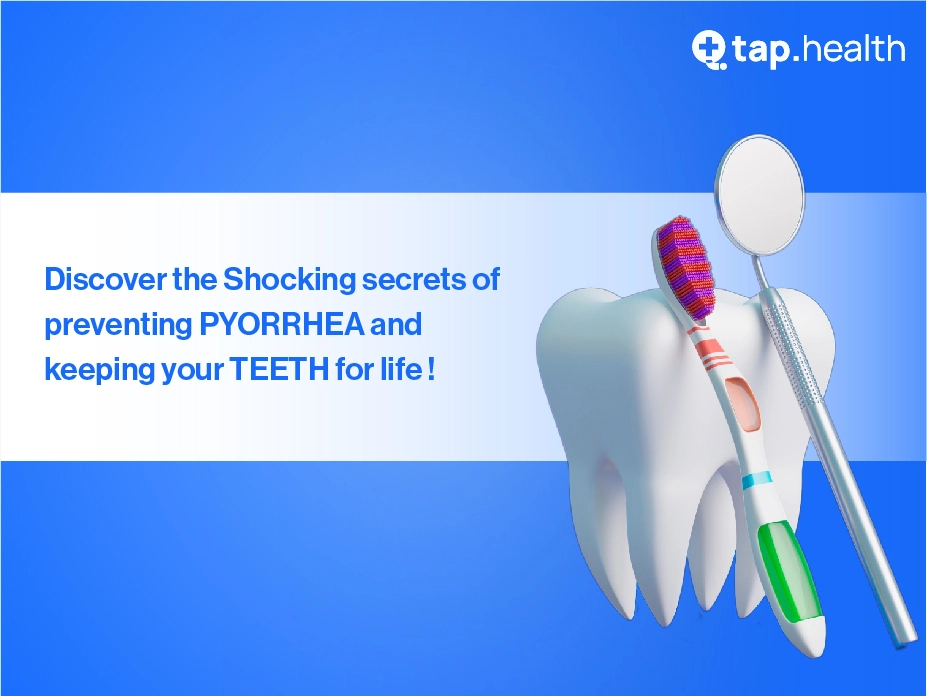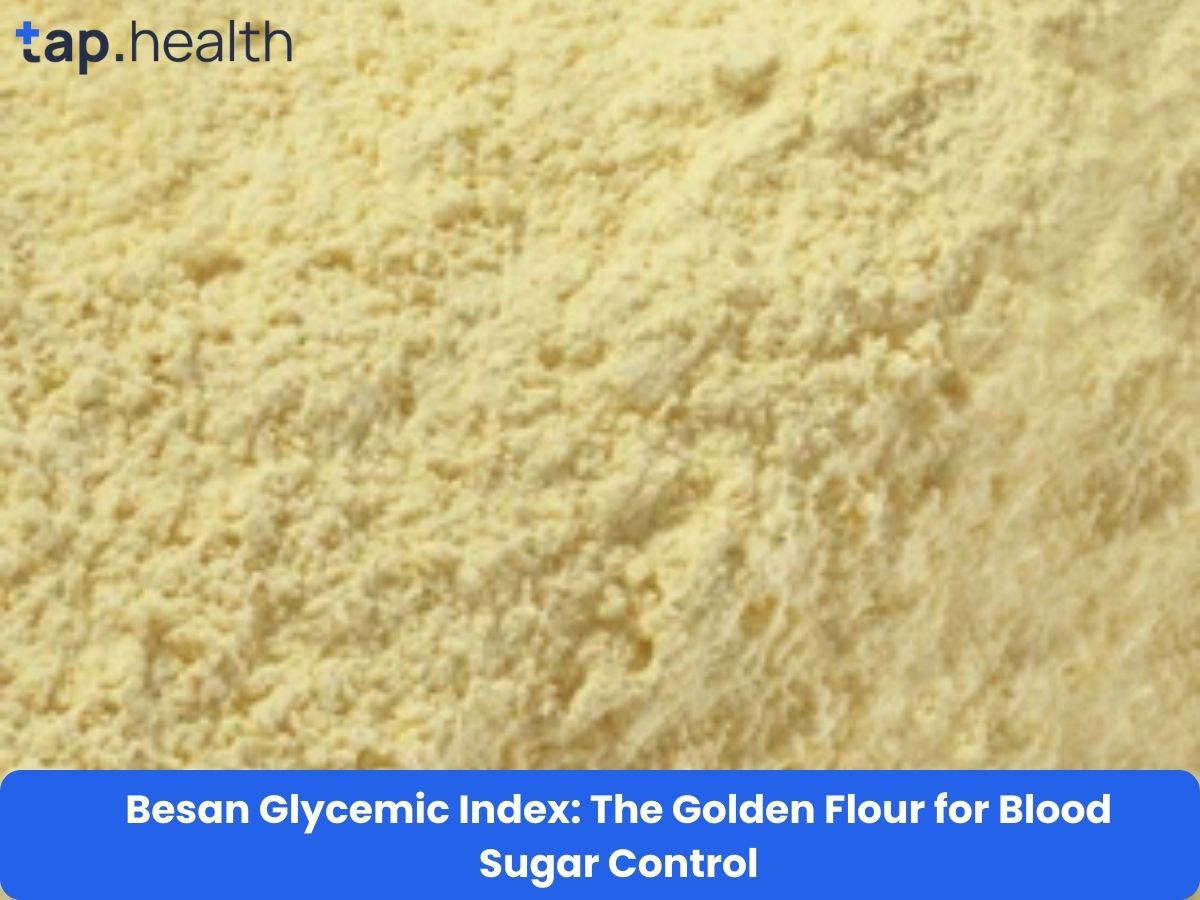Pyorrhea, also known as periodontitis, is a serious gum infection that damages the tissues and bones that support your teeth. It is a common dental problem that affects millions of people worldwide. Pyorrhea can be quite painful and if left untreated, it can lead to tooth loss. Understanding the causes, symptoms, and available treatments is essential in addressing this condition effectively.
What is Pyorrhea?
Pyorrhea is a chronic bacterial infection that affects the gums and bone supporting the teeth. It begins as gingivitis, which is the inflammation of the gums caused by a buildup of plaque and tartar. If left untreated, gingivitis can progress into pyorrhea. The bacteria present in the mouth produce toxins that irritate the gums and lead to infection and inflammation. Over time, this can destroy the tissues and bones that hold the teeth in place.
The onset of pyorrhea can be gradual, with mild symptoms initially, but it can progressively worsen if not intervened. Regular dental check-ups and proper oral hygiene practices are crucial in preventing and managing this condition.
It is important to note that factors such as poor oral hygiene, smoking, diabetes, certain medications, and genetic predisposition can increase the risk of developing pyorrhea Individuals with pyorrhea may experience symptoms such as bad breath, swollen or bleeding gums, loose teeth, receding gums, and pus between the teeth and gums. In advanced stages, the infection can lead to abscess formation and even tooth loss.
When treating pyorrhea, a dentist may recommend deep cleaning procedures such as scaling and root planing to remove plaque and tartar from below the gum line. In some cases, antibiotics or surgical interventions may be necessary to control the infection and restore oral health. It is essential for individuals with pyorrhea to follow a strict oral hygiene routine, including brushing twice a day, flossing, using an antiseptic mouthwash, and attending regular dental appointments to monitor the condition’s progress.
What are the Causes of Pyorrhea?
Poor oral hygiene is the primary cause of pyorrhea. When plaque and tartar accumulate on the teeth, they provide a breeding ground for bacteria. These bacteria release toxins that irritate and inflame the gums, leading to gum disease. Certain risk factors can increase the likelihood of developing pyorrhea, such as smoking, hormonal changes, diabetes, and a weakened immune system.
In addition to inadequate oral hygiene practices, other factors such as genetic predisposition, age, and systemic diseases can contribute to the development of pyorrhea. It is crucial to be aware of these causes and take necessary steps to prevent and manage the condition.
Genetic predisposition plays a significant role in the susceptibility to pyorrhea. Some individuals may have a genetic makeup that makes them more prone to developing gum disease, even with proper oral care. Understanding your family history of dental issues can help you take proactive measures to protect your oral health.
Furthermore, as individuals age, they may experience changes in their oral health. The wear and tear on teeth and gums over time can make older adults more vulnerable to conditions like pyorrhea. Regular dental check-ups and cleanings become increasingly important as we age to detect and address any signs of gum disease early on.
What are the Symptoms of Pyorrhea?
Recognizing the early warning signs of pyorrhea is essential for timely intervention. Common symptoms include swollen and tender gums, bleeding gums, bad breath, loose teeth, receding gums, pus between teeth and gums, and changes in bite or the way your teeth fit together. Some individuals may also experience pain while chewing or increased tooth sensitivity.
It is important to note that these symptoms can vary in severity from person to person. Early detection and prompt treatment are vital in preventing further damage to the gums and supporting structures.
Swollen and tender gums are often one of the first signs of pyorrhea. The inflammation in the gums is a result of the body’s immune response to the bacteria present in plaque. As the condition progresses, the gums may start to recede, exposing more of the tooth’s root. This can lead to increased sensitivity to hot and cold temperatures, as well as touch.
In advanced stages of pyorrhea, pockets of pus may form between the teeth and gums. This is a sign of a severe infection that requires immediate attention from a dental professional. If left untreated, pyorrhea can lead to the destruction of the bone that supports the teeth, ultimately resulting in tooth loss.
What are the Types of Pyorrhea?
Pyorrhea can be classified into different types based on the severity and extent of the infection. The most common types include chronic periodontitis, aggressive periodontitis, and necrotizing periodontal disease. Chronic periodontitis is characterized by the slow progression of the infection, while aggressive periodontitis can manifest rapidly and affect young individuals. Necrotizing periodontal disease involves tissue death and requires immediate attention.
Each type of pyorrhea requires specific treatment approaches, and a thorough examination by a dental professional is necessary to determine the appropriate course of action.
Chronic periodontitis is the most prevalent form of pyorrhea and is often associated with poor oral hygiene habits over an extended period. This type of gum disease can lead to the formation of deep pockets between the teeth and gums, causing bone loss and eventual tooth loss if left untreated. Aggressive periodontitis, on the other hand, is less common but can progress rapidly, leading to severe destruction of the periodontal tissues in a short amount of time.
In addition to the three main types of pyorrhea, there are also risk factors that can increase the likelihood of developing gum disease. These risk factors include smoking, diabetes, genetic predisposition, hormonal changes (such as during pregnancy or menopause), and certain medications that reduce saliva flow or cause gum overgrowth. Individuals with these risk factors need to be especially vigilant about their oral hygiene and seek regular dental check-ups to prevent the onset or progression of pyorrhea.
Can dental pyorrhea be cured?
While pyorrhea is a chronic condition, it can be effectively managed through proper treatment and regular dental care. Timely intervention is crucial in preventing further damage to the gums and bones. A comprehensive approach involving professional dental care, improved oral hygiene practices, and lifestyle modifications can significantly improve the condition and prevent its progression.
With proper treatment and continuous follow-up, individuals with pyorrhea can maintain their dental health and reduce the risk of complications.
It is important to note that the treatment for dental pyorrhea typically involves deep cleaning procedures such as scaling and root planing. During these procedures, the dentist or dental hygienist will remove plaque and tartar buildup from below the gumline, where regular brushing and flossing cannot reach. This helps to eliminate the bacteria causing the infection and promotes healing of the gums.
In addition to professional dental care, individuals with pyorrhea are advised to adopt a thorough oral hygiene routine at home. This includes brushing teeth at least twice a day with a fluoride toothpaste, flossing daily, and using an antiseptic mouthwash to help reduce bacteria in the mouth. Maintaining good oral hygiene is essential in managing pyorrhea and preventing its recurrence.
What are the Medical Treatments for Pyorrhea?
The treatment of pyorrhea will depend on the severity and extent of the infection. In most cases, professional dental cleaning, also known as scaling and root planing, is recommended to remove the accumulated plaque and tartar. This procedure helps in reducing inflammation and promoting healing of the gums.
In severe cases, surgical interventions may be required. These may include flap surgery to reduce pocket depths and bone grafting to restore damaged bone structures. Antibiotics and antimicrobial mouthwashes may also be prescribed to control the bacterial infection.
Another common treatment for pyorrhea is the use of locally applied antimicrobials such as chlorhexidine gel or doxycycline gel. These gels are applied directly into the periodontal pockets to target the bacteria causing the infection. They help in reducing the bacterial load and promoting gum healing.
In addition to professional treatments, maintaining good oral hygiene practices at home is crucial for managing pyorrhea. Regular brushing, flossing, and using an antiseptic mouthwash can help in preventing the recurrence of the infection. It is also important to have regular dental check-ups to monitor the condition of the gums and prevent any complications.
Risk Factors of Pyorrhea
Certain factors can increase the risk of developing pyorrhea. Smoking, for instance, weakens the immune system and reduces the body’s ability to fight against infections. This habit not only affects the lungs but also has a detrimental impact on oral health. The chemicals in cigarettes can irritate the gums, making them more susceptible to bacterial infections that cause pyorrhea. Additionally, smoking can hinder the healing process of gum tissues, leading to a higher risk of developing severe periodontal disease.
Hormonal changes during pregnancy and menopause can also increase the vulnerability to gum disease. Fluctuations in hormone levels can affect the blood flow to the gums, making them more sensitive and prone to inflammation. This heightened sensitivity can exacerbate existing gum issues or pave the way for new ones to develop. It is crucial for individuals experiencing hormonal changes to pay extra attention to their oral hygiene routine and seek regular dental check-ups to prevent the onset of pyorrhea.
Diabetes, medications that cause dry mouth, and genetic factors can further contribute to the risk of pyorrhea. Diabetes, a condition characterized by high blood sugar levels, can weaken the body’s ability to combat infections, including those affecting the gums. Medications that reduce saliva production can create an environment in the mouth that is conducive to bacterial growth, increasing the likelihood of gum disease. Moreover, genetic predispositions can play a significant role in determining an individual’s susceptibility to pyorrhea, highlighting the importance of personalized dental care approaches.
Understanding these risk factors and addressing them through appropriate lifestyle modifications and dental care practices can significantly reduce the chances of developing pyorrhea. By being proactive in managing these factors, individuals can safeguard their oral health and maintain healthy gums for years to come.
Home Remedies to Treat Pyorrhea
While professional dental care is crucial in managing pyorrhea, there are certain home remedies that can complement the treatment. Regular brushing and flossing, along with antimicrobial mouthwashes, can help in reducing the bacterial load in the mouth. A balanced diet rich in essential nutrients supports oral health. Avoiding tobacco products and managing stress levels can also aid in the prevention and management of pyorrhea.
It is important to note that home remedies should not substitute professional dental care, but rather serve as additional supportive measures for maintaining oral health.
In addition to the mentioned home remedies, incorporating natural remedies like oil pulling with coconut or sesame oil can help reduce plaque buildup and inflammation in the gums. Oil pulling involves swishing a tablespoon of oil in the mouth for 15-20 minutes and then spitting it out. This ancient Ayurvedic practice is believed to draw out toxins and bacteria from the mouth, promoting overall oral health.
Another effective home remedy for pyorrhea is using aloe vera gel as a mouthwash. Aloe vera has anti-inflammatory and antimicrobial properties that can help soothing gum inflammation and fight off bacteria. Simply swish a tablespoon of pure aloe vera gel in your mouth for a few minutes and then spit it out. This natural remedy can be used in conjunction with regular dental visits to improve gum health and reduce symptoms of pyorrhea.



